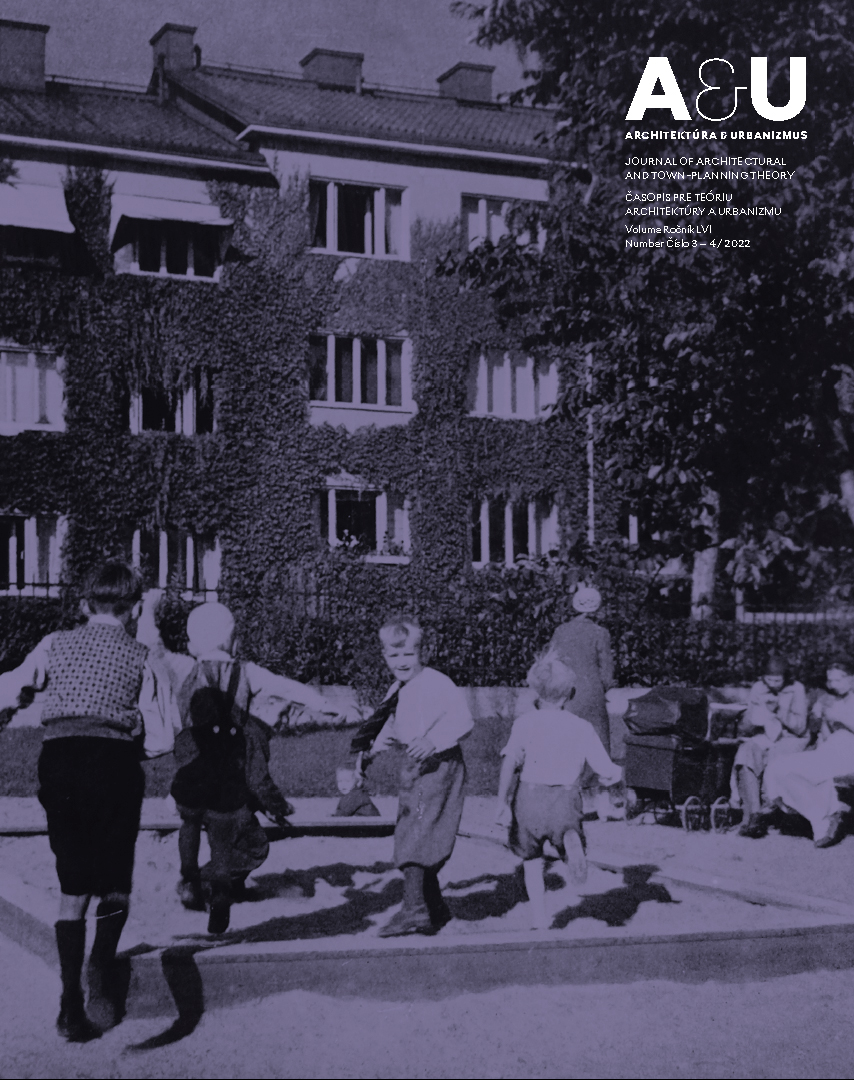After the First World War, the protection of children’s health and recreation became one of the most important activities taken up by various voluntary associations. For this purpose, charities – with the financial backing of philanthropists – began to establish summer colonies for children in resort areas, which provided an opportunity for sick Lithuanian children to recover and rest. However, in the late 1930s, the protection of children’s health became a state priority. With the state, charities and philanthropists working together, children’s health and recreation reached a new level of quality through the development of a network of summer colonies and the creation of infrastructure.
DOI: https://doi.org/10.31577/archandurb.2022.56.3-4.9

This work is licensed under a Creative Commons Attribution 4.0 International License




